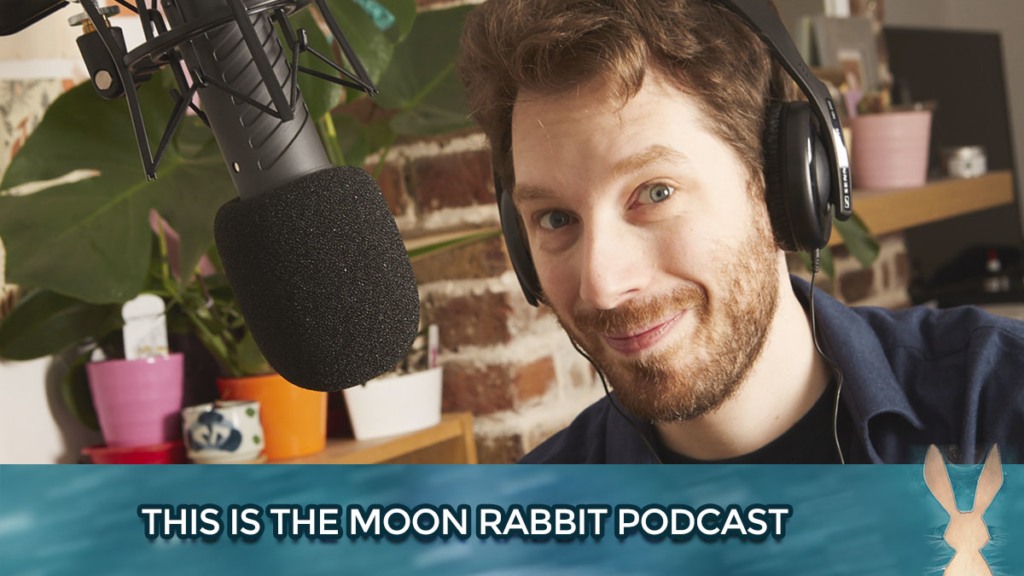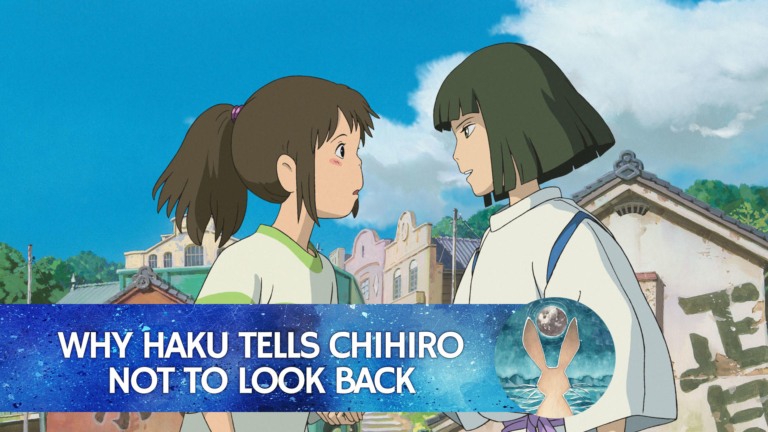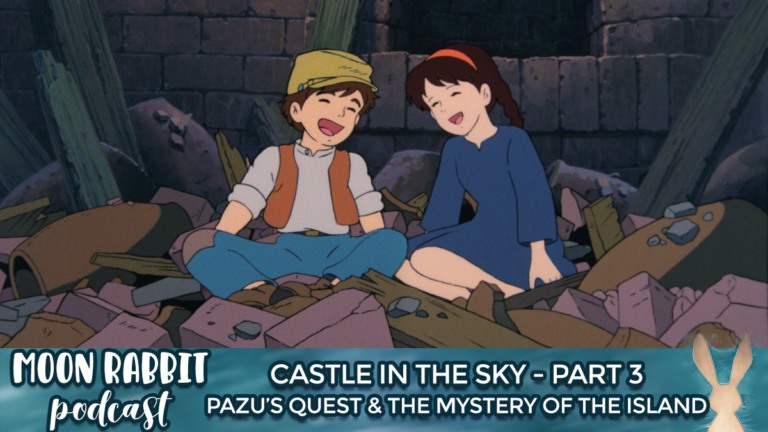
How to listen to the Moon Rabbit Podcast
- Right here, right now: Click on the big play button above. Magic!
- Take it with you: Download the mp3 for this episode by clicking here!
- iTunes, Spotify, Podcast Addict, etc. coming soon!
Read along with the episode below.
This is the Moon Rabbit Podcast – full transcript
Hello and welcome to Moon Rabbit, a brand new film analysis podcast on the intersection between modern mythology and the human psyche.
I’m your host, Adam Dobay, and the reason I’m starting this podcast is that I love digging into what makes stories tick.
When I was a little kid, my favourite book was this huge hard cover, almost twice the size of my head at the time, called A Fairy Tale for Every Day.
On the front cover was a figure of a woman whose clothing was made out of all different kinds of leaves and plants, and there were rays drawn around her head in a circular pattern as if she was the sun. And when you turned the book around, you saw this drawing of the waning moon, a smiling face wearing a nightcap, looking pensively into the distance, as large as the house on the hill that it was towering above. This image of the moon and the house was etched in my young mind so deeply that I vividly remember this image even thirty years later.
And inside this book were three hundred and sixty five stories, literally one for every day of the year, plus one for leap years. Some of the stories were native to my birth country, Hungary, but most were translations of tales collected from other places. But these weren’t just your run-of-the-mill Grimm and La Fontaine tales, but stories from Iceland and Norway and Poland and Greece, from several unidentified African tribal cultures, shamanic ethnic groups from various parts of what at that time was the Soviet Union (yeah, this was still back in the 80s), and finally, there were lots and lots of Japanese folktales.
I was absolutely fascinated by the stories of transformations, of defying the parent figures to go and learn the mystical skills from the crone who lives in the dark forest – or from the forest itself. But my absolute favourites were the adventures that hinted at realities outside our everyday experience that don’t operate like the human world does, and which still somehow stirred something deep within me that I couldn’t yet name.
*
And I kept this fascination with stories as I grew up and went into film studies and filmmaking.
The question that I kept applying to everything I was watching or writing was, what is this story saying on a deeper level?
So while majoring in film theory at university, I also set up a mythology research group, dived into the Far Eastern spiritual traditions, and went on retreats, not the spa types with baths and cocktails, but the ones where you study the practices of things like the various forms of Zen buddhism or the non-dualistic teachers of India.
It all came together when I took a single class sixteen years ago where the professor taught what he called film symbology. Before this, I enjoyed film analysis as this obscure academic exercise you could use to study what the great highbrow filmmakers were doing, but I didn’t really see the practical application.
And then I saw this professor combining insights from psychology and antropology and applying it to things like zombie movies or Chinese fantasy flicks or Romanian detective B-movies.
And suddenly it felt like all the sets of the Venn-diagram in my head started sliding towards each other. Transformative storytelling. And mythology. And film. And the human psyche.
It was a process that actually took a long time, but at one point many years later it clicked: you can take this method of film analysis and apply it to the stories that people actually find meaningful in their lives right here and right now. Films and TV shows and anime and myths and dreams and fairy tales, and it doesn’t matter if that film is considered good or bad by some official or unofficial critic. The only thing that matters is does this story move something in you. And if it does, I can help you understand the story better and through the story you understand yourself better.
*
So I took this realisation and went on to write and produce stuff for film, TV and the web in Hungary, among them an 8-part series into world mythology called The Myth Within, where I not only got to meet over 30 experts but got to experiment with how to turn complex and complicated topics into accessible and approachable content.
I now live on the south coast of England but I often think about all the great people I’ve met and worked with both from the academic world and the film industry, all experts in their fields whose voices I feel need hearing, especially nowadays when I feel we’re completely forgetting the power that stories have on our psyche.
*
So in this podcast, I want to look at films in a way that is not normally done on film podcasts. I’m going to bring in people I’ve met on this journey of the last sixteen years, and explore what drives the stories that we see on the big screen or binge on Netflix.
And we’re going to begin with Japan and Studio Ghibli because I think that’s the best example of how you can fuse ancient and modern storytelling and create new mythologies that speak to us and awaken something in our soul. We’ll start from here and see where the path takes us.
My name is Adam Dobay and I can’t wait to go on this journey with you.


Greetings from elsewhere.
What you are doing is fantastic.
I hope you dig further in to more film and mediums that touch on the hidden world within our world.